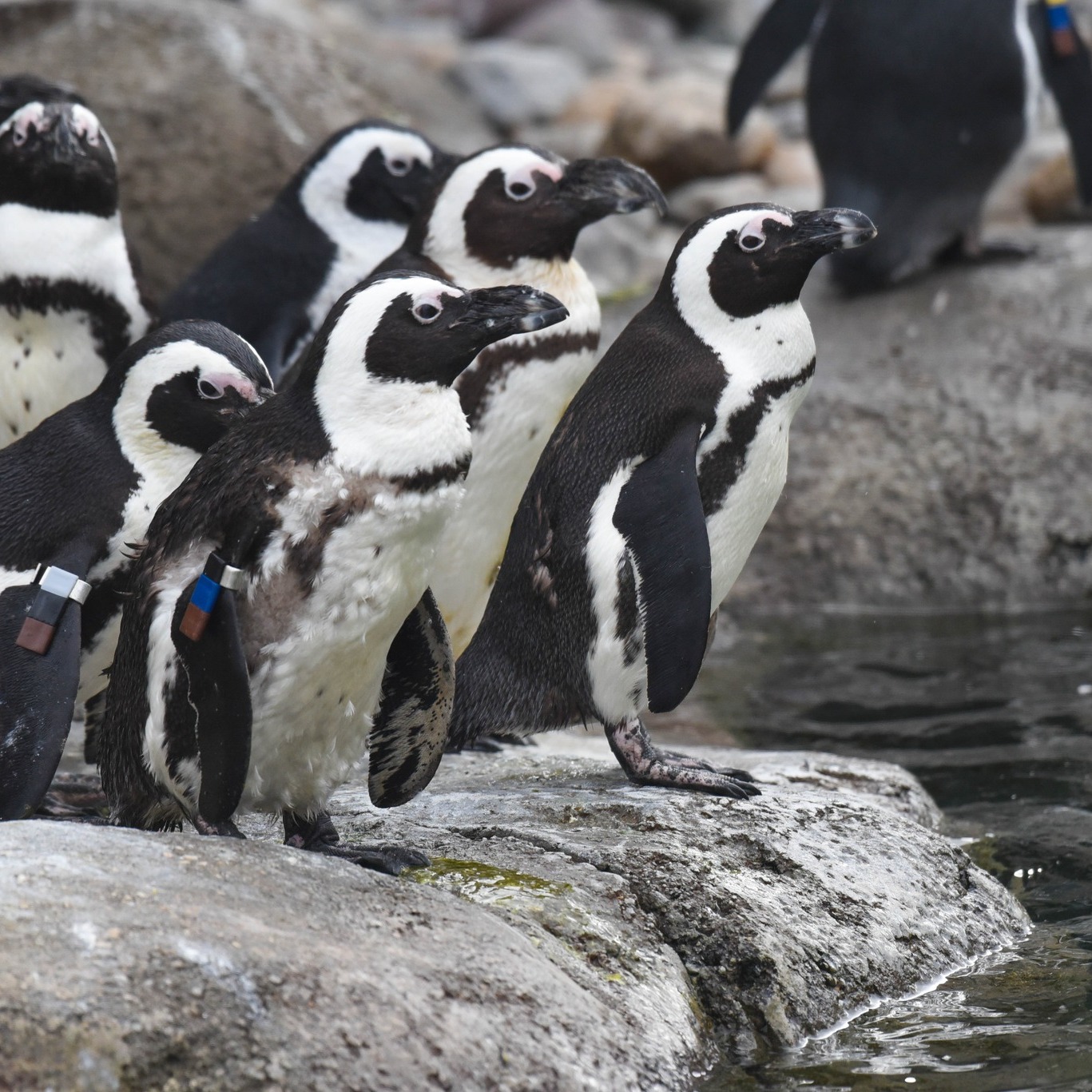- Understanding the critical status of endangered species, including the Panamanian golden frog, which is extinct in the wild.
- Highlighting the importance of wildlife conservation efforts in protecting and recovering critically endangered species.
- Exploring the roles of zoology and zoo management in supporting conservation initiatives for at-risk species.
- Examining specific challenges these species face, including habitat loss and disease, and the human actions contributing to these issues.
- Showcasing successful conservation programs and partnerships dedicated to preserving biodiversity.
As we reflect on the fragile state of our planet’s biodiversity, understanding the critical status of endangered species becomes paramount. Among these species, the Panamanian golden frog stands out as a poignant reminder of the pressing need for conservation. Once native to the rainforests of Panama, this frog is now extinct in the wild due to the devastating impacts of chytrid fungus and habitat loss. This serves as a stark illustration of the urgent challenges facing conservationists today.
Wildlife conservation stands as a critical pillar in preserving the world’s biological diversity. It involves a comprehensive approach to protecting species from extinction and maintaining ecosystems’ natural balance. Conservationists work tirelessly to monitor animal populations, restore habitats, and implement breeding programs. Success in these areas means not only preserving species such as the Panamanian golden frog but also ensuring ecological health on a broader scale.
Zoology and zoo management are integral components of effective conservation strategies. Zoos today are more than just exhibition sites; they have transformed into research and conservation hubs. The collaboration among scientists, veterinarians, and conservationists enables the creation of programs that aim to bolster populations of critically endangered species. These institutions participate in global breeding programs, such as the Species Survival Plan, aimed at increasing the numbers of endangered animals in captivity and eventually reintroducing them into their natural habitats.
Critically endangered species face an array of challenges, from climate change to pollution. Habitat destruction is a significant threat, often caused by human expansion, agriculture, and deforestation. Climate change further exacerbates these issues by altering habitats faster than species can adapt. In addition, the introduction of diseases, such as the aforementioned chytrid fungus, has devastating effects on amphibian populations across the globe.
Human activity is largely responsible for the decline in biodiversity. Conservation efforts must address these anthropogenic effects by promoting sustainable practices and raising awareness. Public education is crucial; by understanding the impact of our actions, society can make informed choices that contribute to conservation goals. Supporting legislation that protects natural habitats and invests in green technologies is vital for fostering an environment where both humans and wildlife can thrive.
Conservation programs have yielded significant successes through collaborative efforts. The establishment of protected areas, implementation of anti-poaching laws, and restoration of ecosystems are pivotal. Partnerships between non-governmental organizations, governments, and local communities work towards a common goal of conserving our planet’s biodiversity. Innovative solutions, such as captive breeding and the use of technology in conservation monitoring, demonstrate the potential for positive change.
In efforts to preserve species like the Panamanian golden frog, several institutions have developed breeding programs to stabilize populations. Although extinct in the wild, these frogs are bred in captivity with the hope of reintroduction into secure areas. This highlights the need for continued investment in research and conservation technologies. By pooling resources and expertise, zoological societies and conservation groups strive to reverse the trends of extinction.
The road to sustainable biodiversity is long and filled with challenges. However, every effort counts in mitigating the impacts of human activity on the natural world. With increased awareness and dedication, future generations might still encounter the diverse species that inhabit our planet today. Wildlife conservation is not merely an obligation but a necessity for maintaining the ecosystem services that societies rely upon.
Engaging communities in the conservation narrative is essential for fostering stewardship of natural resources. Education programs in zoos and museums stimulate interest and empathy for endangered species, inspiring actions that contribute to preservation efforts. By highlighting the delicate balance of ecosystems, these programs can motivate collective action towards more sustainable practices.
Preserving critically endangered species like the Panamanian golden frog requires global cooperation and commitment. With knowledge, dedication, and strategic action, it is possible to safeguard the biodiversity that is vital to the health and balance of our planet. Each individual’s effort can contribute to a larger movement towards ensuring a future where biodiversity thrives alongside humanity.
*****
Source Description
Did you know that all of these species are critically endangered—and one, the Panamanian golden frog, is even extinct in the wild? Today is and as we reflect on the importance of wildlife conservation, we’re proud to care for endangered species and work each day to support lasting change. 💚


